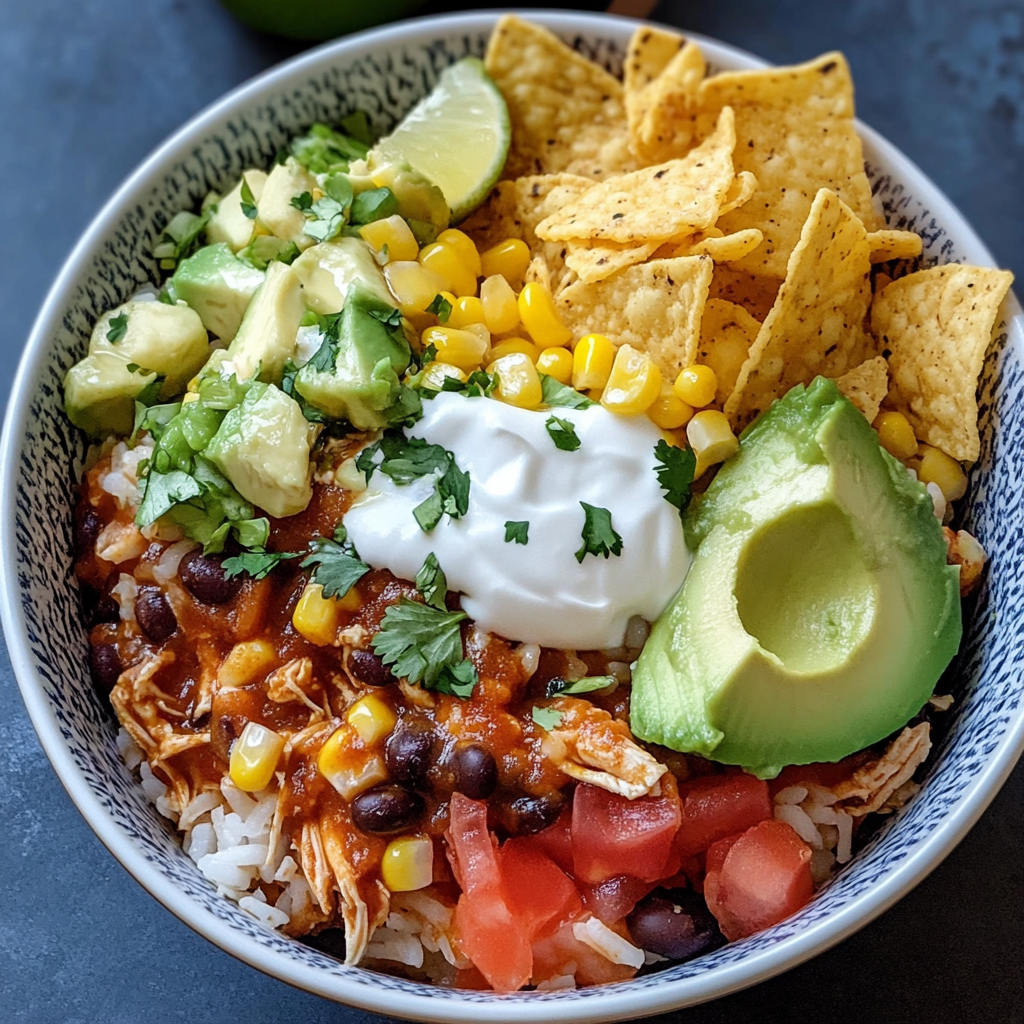As a chef, I find the story behind Acorn Squash Curry fascinating. This delightful fusion dish brings together the rich flavors of Indian cuisine with the sweet, nutty taste of acorn squash. The origins of this dish lie in the blending of traditional Indian cooking techniques with locally available ingredients in North America. Acorn squash, native to North America, was introduced into various cuisines by early settlers and immigrants, including those from India, who adapted their traditional recipes to incorporate this versatile gourd.
Indian cuisine is renowned for its rich use of spices and vegetables, making it a natural fit for incorporating acorn squash. Over time, dishes like acorn squash curry emerged, showcasing the adaptability of Indian culinary practices.
Cool Facts About Acorn Squash Curry
Cultural Fusion: I love how Acorn Squash Curry is a testament to cultural fusion. It combines a North American vegetable with traditional Indian spices and cooking methods. This dish exemplifies how food can bridge different cultures and create new culinary experiences.
Nutritional Benefits: Acorn squash is high in vitamins A and C, potassium, and fiber, making it a nutritious addition to the diet. The spices used in Indian curries, such as turmeric, cumin, and coriander, also offer numerous health benefits, including anti-inflammatory and antioxidant properties.
Seasonal Delight: Acorn squash is typically in season during the fall and winter months, making this curry a perfect dish for cooler weather. The warmth of the spices complements the natural sweetness of the squash, providing a comforting and hearty meal.
Versatile Ingredient: One of the things I appreciate most about acorn squash is its versatility. It can be used in various dishes beyond curries, such as soups, stews, and even desserts. Its mild flavor absorbs spices well, making it a popular choice in many fusion recipes.
Vegetarian and Vegan-Friendly: Acorn Squash Curry is a great option for vegetarians and vegans. It provides a flavorful and satisfying meal without the need for meat or dairy products. The use of coconut milk in the curry adds creaminess while keeping it plant-based.
Historical Adaptation: The adaptation of acorn squash into Indian cuisine reflects the broader history of food adaptation and evolution. Immigrants brought their culinary traditions and adapted them to new environments and available ingredients. By incorporating acorn squash into a traditional Indian curry, this dish highlights the adaptability and creativity of cooks who blend flavors and ingredients from different cultures, resulting in a unique and delicious fusion.
I hope you enjoy the story and the delicious flavors of this Acorn Squash Curry as much as I do!

Acorn Squash Indian Recipe
Description
This Acorn Squash Indian Recipe brings the rich flavors of Indian cuisine to your table. The sweetness of the squash complements the bold spices, creating a heartwarming dish perfect for any meal. Whether you're a fan of Indian food or looking to try something new, this recipe is sure to become a favorite.
Acorn Squash Indian Recipe
Instructions
Instructions to Prepare and Cook Acorn Squash Indian Recipe
-
Prepare the Squash:
First, I start by peeling, seeding, and cubing the acorn squash. It’s important to get uniform pieces for even cooking. I set them aside and move on to the spices.
-
Cook the Spices
I heat up the vegetable oil in a large pan over medium heat. Once it’s hot, I add the cumin seeds and mustard seeds. I love hearing them sizzle and pop, releasing their aromatic oils.
-
Sauté Aromatics
Next, I add the chopped onion, garlic, and ginger. I sauté them until the onion becomes translucent and everything smells divine.
-
Add Tomatoes and Spices
I then add the chopped tomatoes, cooking them until they soften. It’s time to add the spices: turmeric, coriander, garam masala, and chili powder. I give it all a good stir to combine.
-
Cook the Squash
Now, I add the cubed acorn squash to the pan, stirring to coat it with the spice mixture. I cook it for about 5 minutes to let the flavors meld.
-
Simmer
I pour in the coconut milk and season with salt. Bringing it to a simmer, I let it cook for 15-20 minutes, or until the squash is tender and the curry has thickened beautifully.
-
Garnish and Serve
Once everything is perfectly cooked, I garnish with fresh cilantro. I love serving this hot, paired with rice or naan.
Servings 4
- Amount Per Serving
- Calories 200kcal
- % Daily Value *
- Total Fat 9g14%
- Sodium 400mg17%
- Total Carbohydrate 30g10%
- Dietary Fiber 5g20%
- Sugars 5g
* Percent Daily Values are based on a 2,000 calorie diet. Your daily value may be higher or lower depending on your calorie needs.
Note
- You can adjust the level of chili powder to make the curry more or less spicy according to your preference.
- For added protein, you can include chickpeas or lentils in the recipe.
- This curry pairs well with steamed basmati rice or warm naan bread.










